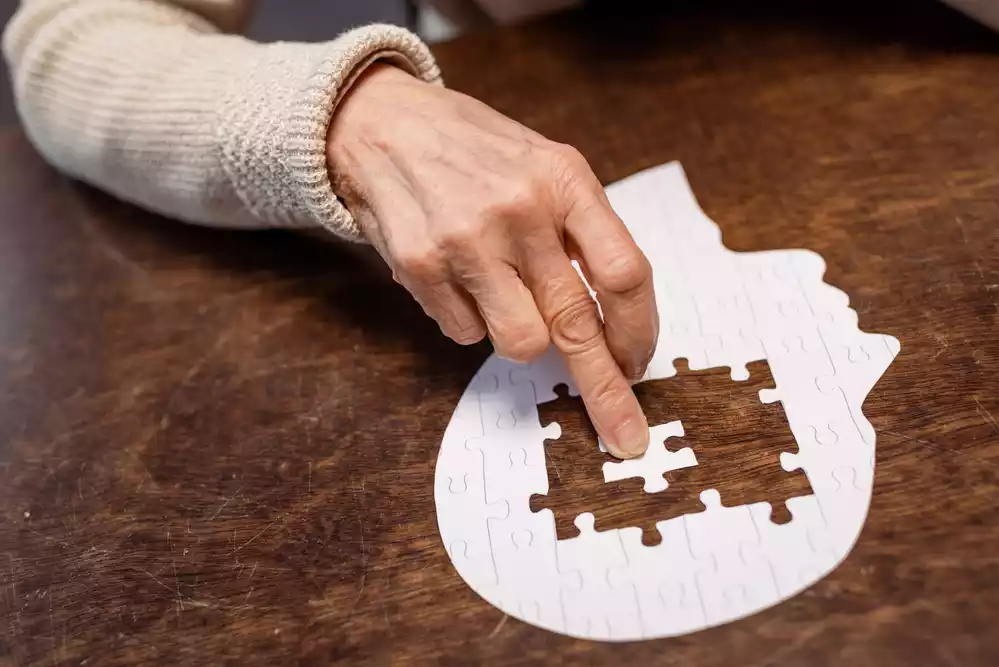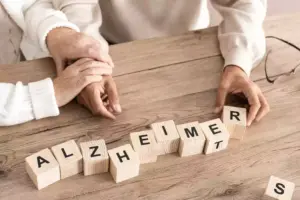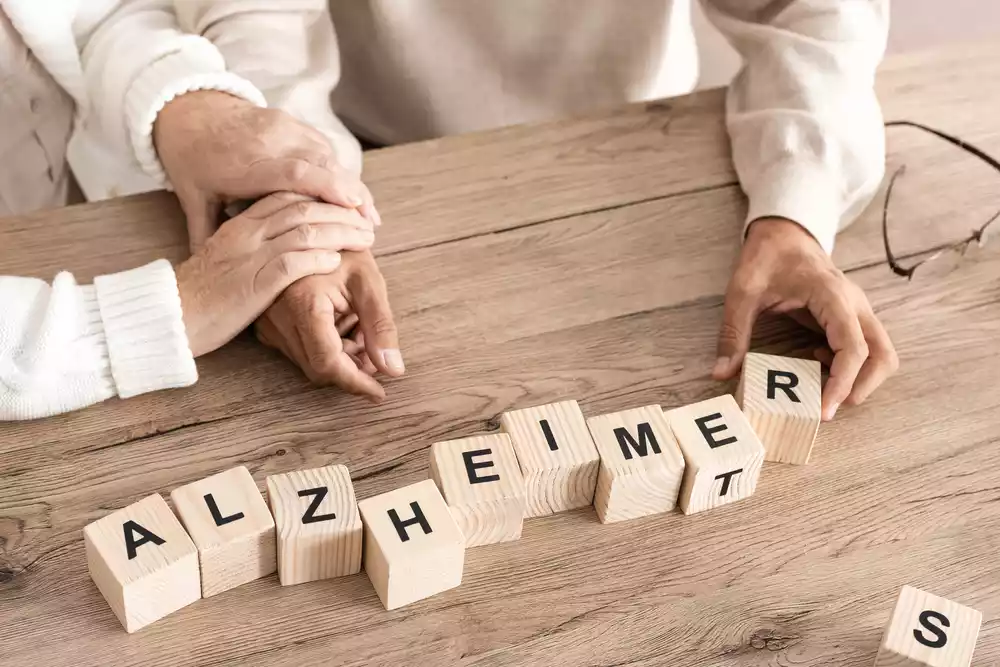Art has long been recognized as a medium for expressing deep emotions and fostering creativity. As individuals age, the need for emotional expression and cognitive engagement becomes increasingly crucial for maintaining mental wellness. Art therapy for seniors emerges as a powerful tool, enhancing mental health by facilitating self-expression, boosting cognitive function, and promoting emotional resilience.
The impact of art therapy for seniors
Art therapy for seniors is a form of therapeutic practice that uses the creative process of making art to improve physical, mental, and emotional well-being. This form of therapy is particularly beneficial for seniors as it allows them to express themselves non-verbally, which can be especially valuable when verbal communication becomes challenging due to aging or health conditions.
Art therapy for seniors can be an accessible and effective way to connect with their inner selves, explore emotions, and improve mental health. Through drawing, painting, sculpting, or even collaging, seniors are encouraged to express their thoughts and feelings, leading to enhanced well-being and quality of life.

Benefits of art therapy for seniors
Engaging in art therapy for seniors provides numerous benefits tailored to the unique needs of older adults. These benefits span psychological, cognitive, emotional, and social domains, making art therapy for seniors an invaluable addition to senior care programs.
1. Emotional expression and processing
Art therapy allows seniors to explore and express complex emotions that may be difficult to articulate verbally. Through creative expression, seniors can process feelings of loss, anxiety, or depression, leading to emotional release and healing. This can be especially beneficial for individuals experiencing grief or transitioning into new life stages.
2. Cognitive stimulation
Participating in art therapy encourages cognitive engagement, stimulating the brain and enhancing cognitive function. Art activities require concentration, problem-solving, and decision-making, all of which can help improve cognitive performance and slow cognitive decline. For individuals with memory-related conditions, art therapy offers a way to engage different parts of the brain and may contribute to memory retention.
3. Stress reduction and relaxation
Creating art can have a calming effect, helping seniors relax and reduce stress. The focused attention required during art-making induces a meditative state, which can lower cortisol levels and promote overall relaxation. This stress reduction can lead to improved sleep patterns and a stronger immune response.
4. Boosting Self-Esteem and Confidence
Completing an art project gives seniors a sense of accomplishment and pride, boosting self-esteem and confidence. The ability to create something tangible and beautiful reinforces a sense of purpose and capability, important for enhancing overall self-worth.
5. Enhancing Social Connections
Group art therapy sessions provide opportunities for social interaction and community building. Seniors can connect with peers through shared creative experiences, reducing feelings of loneliness and isolation. These social connections are vital for mental health and can contribute to a stronger support network.

Practical applications of art therapy for seniors
Implementing art therapy in the lives of seniors can be simple and rewarding. Here are some practical ways to integrate art therapy into senior care settings or personal routines:
1. Structured art therapy sessions
Organize structured art therapy sessions led by trained art therapists who can guide seniors through creative projects tailored to their interests and abilities. These sessions can be held in day centers, nursing homes, or community centers to ensure accessibility.
2. Art materials accessibility
Ensuring that a variety of art materials are readily available encourages spontaneous creativity and exploration. Provide diverse materials such as paints, brushes, clay, fabrics, and collage supplies for seniors to experiment with different media.
3. Personal art projects
Encourage seniors to embark on personal art projects that resonate with their personal experiences and interests. This might include creating memory boxes, scrapbooks, or themed art pieces that evoke nostalgia and facilitate storytelling.
4. Incorporate technology
Technology can complement traditional art-making by allowing seniors to explore digital art tools. Tablets and art apps can offer new ways to create art and may be particularly appealing to seniors who enjoy experimenting with digital technology.
5. Collaborative art projects
Facilitate collaborative art projects where seniors work together to create murals, quilts, or community art installations. These projects foster teamwork, collective problem-solving, and a sense of community achievement.
Art therapy in memory care
Art therapy is particularly impactful in memory care settings, as it allows individuals with cognitive impairments like Alzheimer’s or dementia to communicate in ways that bypass language barriers. Art therapy helps memory care residents access memories, improve emotional connections, and engage in sensory-rich experiences that promote cognitive engagement and emotional contentment.
Art therapists working with memory care residents often tailor projects to include familiar themes or incorporate sensory elements such as textures, scents, and music that can enhance the therapeutic experience and evoke positive memories from the past.
Embracing art therapy for vibrant aging
Incorporating art therapy for seniors is an enriching pathway that promotes mental health and emotional well-being. Through creative expression, seniors can access their inner worlds, navigate life’s changes with resilience, and connect with others meaningfully. As a form of self-care, art therapy empowers seniors to take an active role in their mental wellness and fosters a sense of joy and fulfillment in their later years.

Championing memory care and creative expression
At Casa de Retiro El Mirador, we recognize the transformative power of art therapy in promoting mental health and enhancing the quality of life for our residents. As a forefront provider of memory care Mexico, we integrate art therapy into our programs to support cognitive engagement and emotional well-being. Our commitment to creative expression and personalized care ensures that our residents can experience full, vibrant lives. Contact us today to learn more about how we champion memory care and creative expression in our community.








